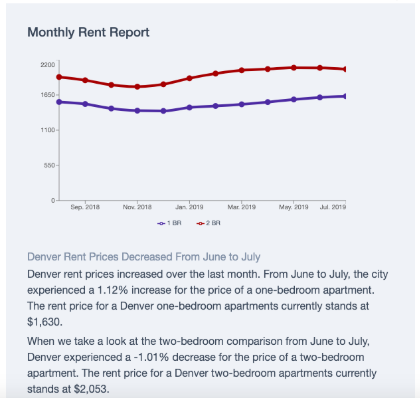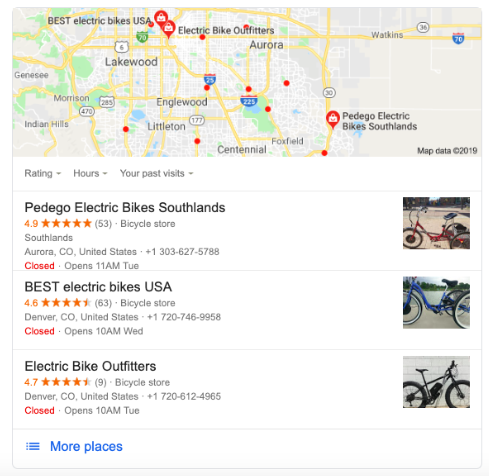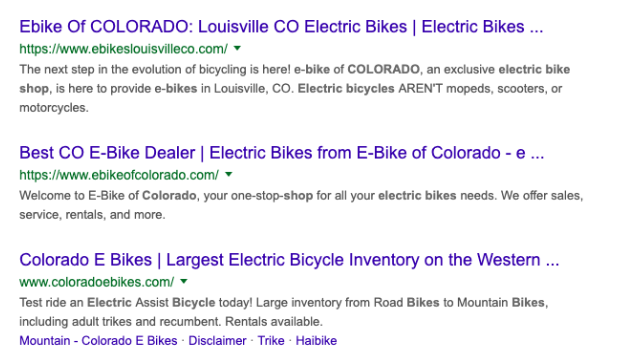The most important content-related requirement, of course, is SEO. Chances are that you’ve heard about it and maybe even read about it before because people write this incredibly important topic a lot. They do so because of a good reason: even if you have a professional website with a responsive design, publish your content regularly, and optimize visuals to avoid sacrificing speed, your traffic may still be pretty low.
The main reasons why this is possible is that there are many SEO mistakes to be made. These mistakes aren’t obvious but their impact on the performance of your online venture could be profound. That’s why in this article, we’re going to describe three SEO mistakes that a lot of beginners make to help you avoid them and reach the first page of Google’s results faster.
3 SEO Mistakes Beginners Should Avoid
1. Not Keeping Things Relevant
Gone are the days when online businesses could write about anything and still get traffic and a good position in Google’s search results. Today, the search giant prioritizes the websites that provide visitors with relevant information, so if you’re not writing - or otherwise creating content - without your target audience in mind, the chances of ranking high are pretty, pretty low.
In fact, Google makes it very clear that high-quality, relevant information is critical for making a website more attractive for webmasters.
“Keeping your content reader-focused” means the following, according to Anthony Brady, a content expert from Top Writers Review:
-
Writing about problems and issues that your target audience has (those that you can help solve with your product or service);
-
Write content that helps customers make better decisions and be aware of the trends. For example, Abodo’s rent reports provide an opportunity to learn about price trends in specific American cities, which is useful for those looking for apartments and having a set of specific budget- and location-related requirements .

-
Design generators and other tools requiring a user’s input to add some interactivity.
-
Writing about topics that your readers find interesting.
-
Writing in a way that makes reading easy. This includes short paragraphs, no unnecessary complexity like industry-specific vocabulary, and lots of visuals to help readers understand the information, etc.
2. Not Including Long-Tail Keywords
Long-tail keywords are longer keywords that contain more details, thus they give a better chance of ranking for those using them. For example, if you’re selling bikes, you may want to rank for “buy bikes,” but the competition for this combination would be so high, chances are you’ll never reach the first page of results.
On the other hand, by making this keyword combination more narrowed down, you may get a good chance to rank your website. For example, “buy electric bikes in Aurora Co” would be a more specific request and a better combination to target because it would bring more quality leads to your website (people using such specific combinations are more interested in buying because they search for particular products in particular locations).
As you can see, Google returns several shops in the area of Aurora, CO, which is a much more localized request that has more potential to bring some business rather than a generic one like “buy bikes.”

So, to recap, use long-tail keywords to rank for more competitive keywords like the one we just talked about. For you as a beginner, it simply makes no sense to try to rank for highly competitive keywords and waste your time; it would be wiser to start your SEO strategy with targeting long-tail keywords because they give you a better chance to get quality traffic.
3. Ignoring Meta Titles and Descriptions
This is a common mistake that reduces a site’s ability to rank higher. Every page has a meta title (the title of the page that appears in the search results) and meta description (the description that appears below a website’s URL on the results page) which are important for SEO because they tell Google about the content on it.
Basically, they are HTML elements that summarize the content for the benefit of search engines and users, so writing them is a quick task that can improve your SEO dramatically. For example, take a look at how bike shops have optimized meta titles and descriptions to provide Google with the information it requires to rank them.

As you can see, every title and description contains basic information about the business and uses keywords, which is exactly what Google needs to know about the contents of a page.
→ To add your meta-titles and meta-descriptions on your WebSelf website, go on the editor and click on the Pages category located left. Do a right-click on the page where you want to add a meta-title and a meta-description, and then select Indexing. You can add the title of the page (between 10 and 70 characters) and its description (between 50 and 1602 characters).
Keep in mind that you need to optimize every meta title and meta description on your site; don’t ignore this important SEO requirement.
Final Thoughts
Don’t let your business suffer because of SEO mistakes by taking care of the three critical points we just discussed. Doing SEO and learning how to implement correct techniques is a long journey, so hopefully, this article has given you good knowledge to take charge of your SEO effort.
Daniela McVicker is a passionate digital marketer. Daniela is interested in everything related to SEO and blogging. She collaborates with several websites where she shares her experience and helps marketers make their name in the online world.